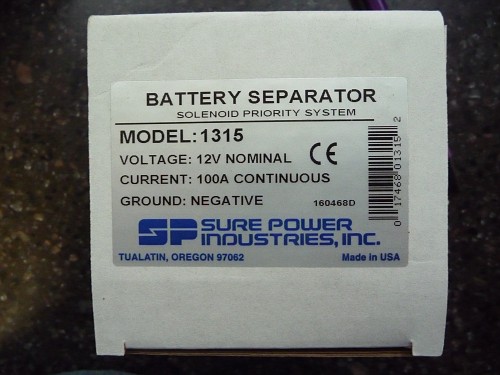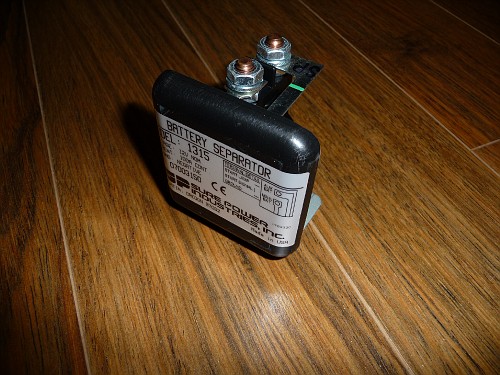wrcsixeight
Adventurer
Luis, in your photo with the solar panel on the ground, You would be very surprised how much panel amperage is reduced by even the small amount of shade provided by the grass at the very bottom.
I have a battery monitor which hooks into my charge controller. It will tell me what the MPPT charge controller is receiving from the panel, as well as the output, after it has done it's DC to DC conversion thing. It also counts amps into and out of the battery, and many other functions.
I have noticed a 1.5 amp drop when there is a thin line shadow from a single power line. Some panels are more tolerant of partial shading, but most are affected greatly even by the smallest shadows.
When using battery voltage to interpret battery state of charge, one must take into account surface charge. After driving at night, my voltage will read 13.3 or higher for upto 2 hours after the engine is shut off.
A simple voltmeter would indicate a fully charged battery. My Amp hour counting battery monitor might show that I'm only at 85% SOC despite the 13.3 volt reading.
For a voltmeter to be accurate at all in determining state of charge, the battery should be removed from any charge or discharging sources for hours before taking a reading.
I have a battery monitor which hooks into my charge controller. It will tell me what the MPPT charge controller is receiving from the panel, as well as the output, after it has done it's DC to DC conversion thing. It also counts amps into and out of the battery, and many other functions.
I have noticed a 1.5 amp drop when there is a thin line shadow from a single power line. Some panels are more tolerant of partial shading, but most are affected greatly even by the smallest shadows.
When using battery voltage to interpret battery state of charge, one must take into account surface charge. After driving at night, my voltage will read 13.3 or higher for upto 2 hours after the engine is shut off.
A simple voltmeter would indicate a fully charged battery. My Amp hour counting battery monitor might show that I'm only at 85% SOC despite the 13.3 volt reading.
For a voltmeter to be accurate at all in determining state of charge, the battery should be removed from any charge or discharging sources for hours before taking a reading.


